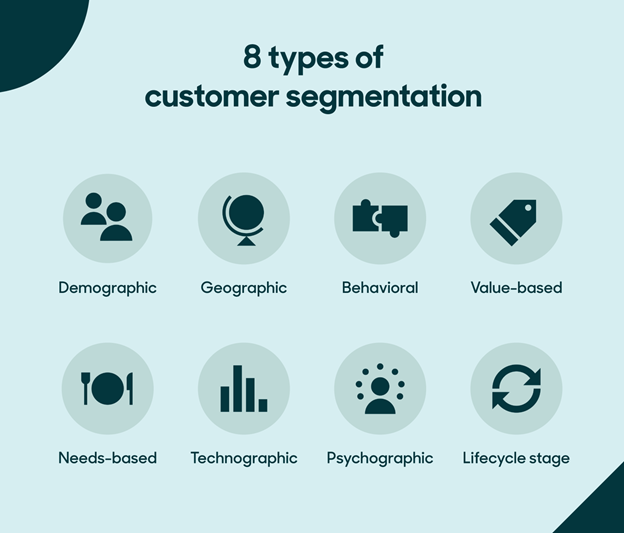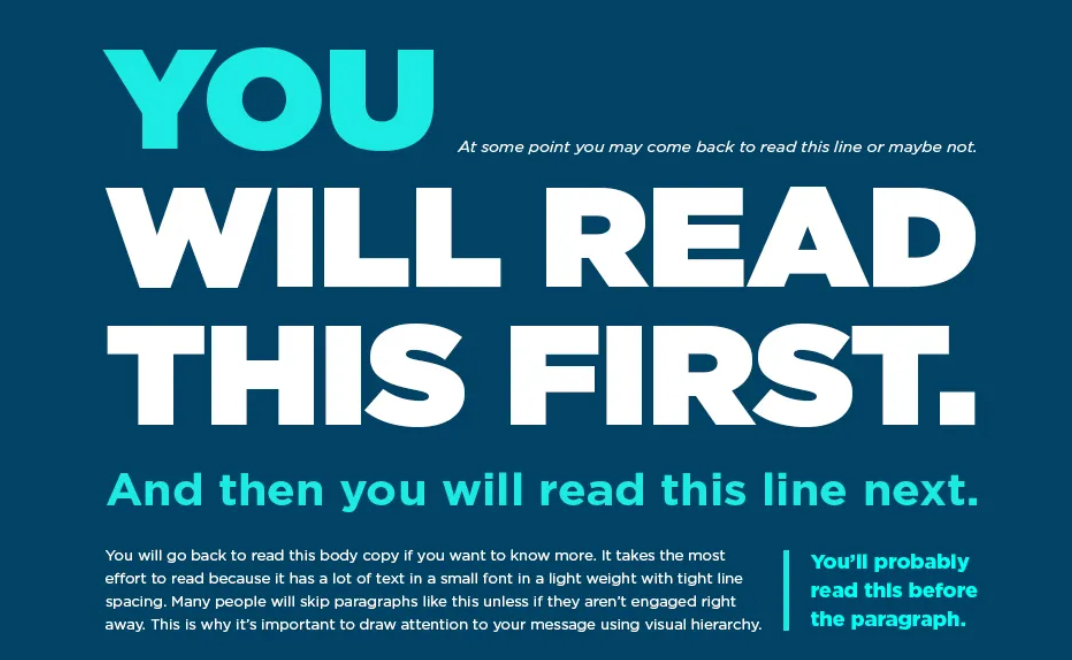Making smart web design choices is vital to how well users engage with your online materials. If people have difficulty navigating your website or finding the information that helps them make decisions, you’re likely to find it challenging to maintain a solid audience base. Not to mention that in a competitive digital landscape, hurdles can easily drive consumers to others in your field that offer a seamless user experience (UX).
Naturally, you can’t be expected to get your UX perfect the first time, either through luck or the skills of your web designers. There can be various nuanced elements involved. As a result, it’s wise to incorporate user testing sessions into your digital design process.
Enhancing Website UX
In the digital landscape, your website is still one of your company’s most powerful tools for reaching consumers. It’s often the most direct form of communication and sales interactions your customers have with your business. Therefore, consumers’ decisions can be greatly influenced by the UX your site provides. It’s essential to take the time during the design process to test your site for its efficacy in this area.
This is certainly not an easy thing to assess purely internally. After all, your perspectives on what makes your site great for your consumer base can be influenced by a range of subconscious biases. As a result, conducting external user testing tends to be among the most beneficial routes to follow.
It’s important to have clarity on precisely what you’re assessing your new website design for, though. UX can be quite ambiguous and subjective. You need to start by narrowing down the characteristics that help determine good UX on sites in your particular industry. For instance, in sales, good UX could include efficient access to assistance when customers have questions. If your site is educational in nature, good UX may involve the ability to easily navigate the menus to find specific information. Having clarity here is not just good for test accuracy, but it can also reduce the time the test takes, which in turn can keep your budget spent on testing to a minimum.
From here, you can begin asserting targeted user testing protocols. With Loop11, you can define the specific types of tasks your testers need to perform in order to assess the components of UX you’ve identified. You may request that they search your website to find certain information or achieve tasks, which helps assess navigability. You can also ask questions about the details of each task, giving you deeper qualitative insights.
Elevating Content UX
Content continues to be one of the most important tools for businesses operating in the digital space. It’s a way to show your brand’s expertise, through sharing your knowledge and experience. You can also strategize your content to influence your search engine rankings. The UX you offer through both the substance and design of the content on your website and social media channels can make a big difference in user engagement.
Before you run tests on your content pages, it’s important to have systems in place to ensure you can regularly create content efficiently without sacrificing quality. This helps to make sure that from the ground up you’re employing strategies that ensure a good basic standard of user-friendliness. Your approach can include establishing a consistent visual identity through templates that you can repeatedly use. This doesn’t just assert your brand identity and set audience expectations, but it also saves time in creating design elements for each post.
At regular intervals, you can utilize user testing to confirm that your approach to content remains a positive influencer of UX. The techniques used for assessing content are not always the same as those used for other online materials, as the goals for content are usually different. One approach you can take through Loop11 is to record users and their screens as they interact with your materials.
This enables you to gain insights into their immediate reactions to content and also generate heatmaps to show what elements of the page are seeing particular attention. It can be a useful companion to eye-tracking user testing, which gives insights into what design elements audiences linger on or quickly navigate away from. As a result, you can make adjustments or additions that elevate the UX of your content design in the future.
Identifying Issues with UX
It may be the case that you’re not designing a new website from scratch. Some companies find that conducting user research can be an effective way to better understand their UX. One of the potential results of interviews or surveys here can be that participants reveal they have difficulty meaningfully interacting with your materials. Involving testing to identify the causes and solve problems can help ensure your redesign meets the needs and expectations of consumers.
In some instances, your studies may show that consumers have issues with your UX, but the primary reasons behind these are not clear. Taking the time to conduct an effective root cause analysis before you go any further can enable you to identify the underlying elements that disrupt your web design, such as system errors, and process inefficiencies, among others. One approach to root cause analysis is the five whys technique. This involves breaking design problems down into their component parts and asking “why” questions to establish what the relationships are between multiple potential causes of UX issues and their effects on outcomes.
It’s important to be aware that testing is both an important part of root cause analysis and meaningful change. Once you have a list of potential causes for UX issues with your website, you can design user testing scenarios that assess and validate your predictions. Upon making changes, you can scale your tests to a wider audience to encompass a fresh and unbiased cohort to perform tasks that establish how effective the alterations have been. Loop11’s artificial intelligence (AI) driven test protocols can automatically compile and analyze large volumes of data from these testers, swiftly providing reports that allow you to make further changes or go live with your new materials.
Conclusion
Optimizing the UX of various areas of web design can benefit from solid user testing. Testing your website for relevant characteristics, such as navigability or consumer support, can help you tailor it to the needs of your audience. Testing your content design, through heatmaps and eye-tracking protocols, enables you to establish how effective your content strategies are in maintaining audience engagement. You can also adopt user testing methods that support root cause analysis and subsequent improvements to help you mitigate disruptive issues.
It’s important to remember, though, that user testing shouldn’t just be a part of initial design practices or when you’ve identified problems. Users’ needs develop over time, which can have an impact on their perspectives on your UX. It is, therefore, vital to make user testing of your online materials a regular part of your business operations.
![]() Give feedback about this article
Give feedback about this article
Were sorry to hear about that, give us a chance to improve.








